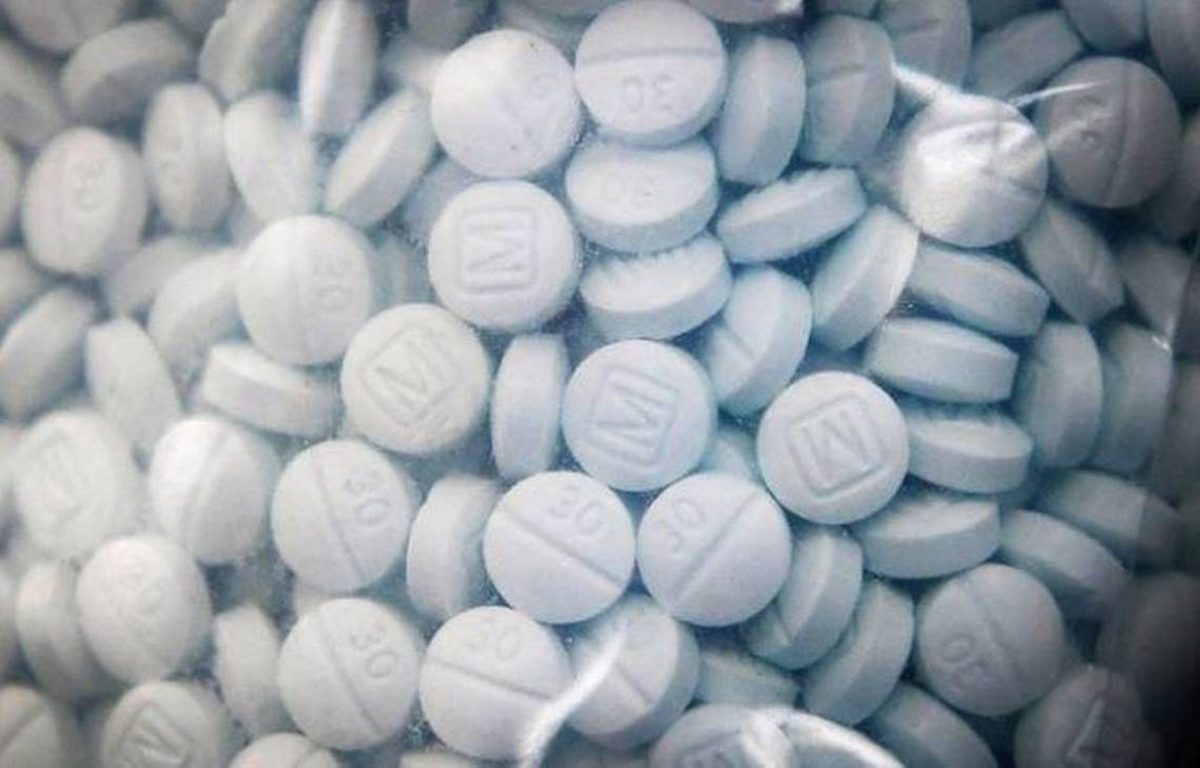UC San Diego emergency rooms received more funding, drugs, and personnel to tackle the opioid crisis across the county.
UCSD Health received a $250,000 grant last month as part of the California Bridge program, which aims to help patients with opioid addiction and bring down the number of opioid-related deaths.
In 2018, San Diego County saw 7,500 opioid-related emergency room visits and 500 opioid-related deaths, according to UCSD Health.
The health agency said the problem across the country is even worse. In the past five years, there has been a 1,000% increase in fentanyl-related deaths nationally.
Dr. Dan Lasoff, M.D. of UC San Diego, said emergency rooms are on the frontlines of the opioid crisis but didn’t have the proper resources to respond.
He said emergency room doctors are typically are only able to save a patient from the overdose but not treat the underlying problem: the addiction.
But with the new grant, UCSD emergency rooms are now armed with the drug, Buprenorphine, a safer alternative to methadone, that can treat a patient’s cravings, symptoms, and addition.
Local
"What we see now with Buprenorphine and using it in the emergency department has been a game changer," Lasoff said. "It’s a shift in the paradigm in how we are able to treat patients and now where I once saw frustration, I now see opportunity."
Lasoff also said a patient cannot overdose while on Buprenorphine.
The program has also allowed emergency rooms to hire more personnel to tackle the crisis including a social worker dedicated to connecting overdose patients with long-term counseling and treatment.
With the new resources, Dr. Lasoff said emergency room doctors have been able to treat three to five new patients every week.
"We’ve had patients actually show up and ask for treatment which, historically, when patients ask for detox, the unfortunate answer was we did not have anything to help them," he said. "Now that — when patients present and ask for help, we can provide that."



